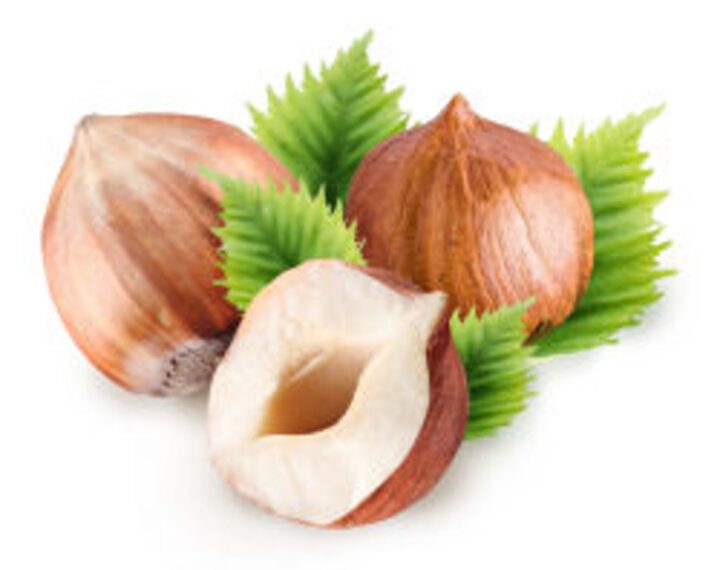Nuts represent one of the most important group of food allergens worldwide. The group comprises a large range of real nuts (e.g. Brazil nut, chestnut, hazelnut, pine nut, walnut). Some fruits and legumes are commonly considered to be nuts (e.g. almond, pecan nut, coconut, cashew, peanut).
Nuts are known to be one of the most potent allergenic foods in terms of the amount required to elicit a response and the severity of reactions. The estimated prevalence of nut allergy in the United States is about 1.1% of the general population7. Allergy to nuts often involves severe multisystemic and respiratory symptoms and occasionally fatal anaphylactic reactions are observed. A recent analysis of fatal food reactions in the United States showed peanuts (63%) and nuts (31%) as a major cause. In patients over six years of age nuts accounted for all fatalities8. However, the most frequent symptoms are skin reactions9.
The allergens responsible for nut allergy are diverse and include the seed storage proteins (vicilins, legumins, albumins), plant defense related proteins and profilins. Nut allergic individuals often react to several different nuts, suggesting that cross-reactivity between nut allergens is a common phenomenon10,11. For example allergy to cashew and pistachio are often associated, probably for this reason. Considerable differences in the occurrence of nut allergy between different geographical regions have been observed. While peanut is the most frequent cause of food allergy in the United States and France, this is not the case in Spain or Norway12,13. A more detailed description of allergy to peanut is found here.
Since adverse reactions to nuts and peanut can be triggered by minimal amounts of the food (sometimes even by skin contact or inhalation), strict avoidance is imperative. It may be possible to avoid consumption nut containing food products, but cross-contamination of manufactured foods, especially confectionary, presents a much greater challenge to manage.
According to the EU Labeling Directive 2003/89/EG and Codex Alimentarius allergen labeling recommendations for pre-packaged food all products containing different types of nuts should be labeled as such. In the EU the group of nuts comprises almonds, Brazil nut, cashew nut, hazelnut, macadamia nut, pecan nut, pistachio, and walnut.
For more detailed information on these foods please follow the links:









